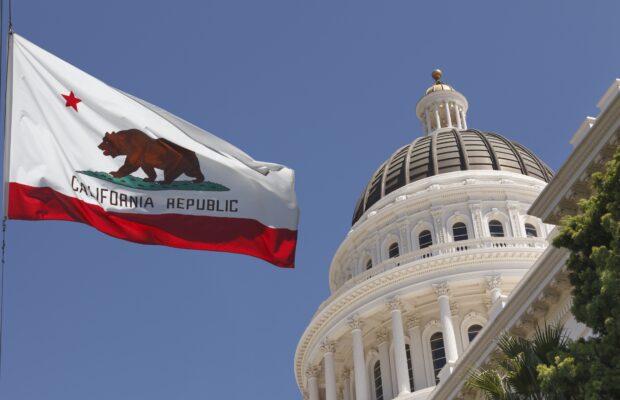On September 29, 2017, Governor Brown signed into law a 15-bill housing package. A few of the key components, including approval streamlining, are summarized below. The housing package did not include AB 915, which would have authorized the City and County of San Francisco to impose local inclusionary requirements on bonus units created under the State Density Bonus Law. San Francisco adopted legislation in August that imposes inclusionary housing requirements on bonus units in the form of a fee, and the Legislature’s failure to pass AB 915 creates uncertainty about its enforceability.
Multi-Family Housing Approval Streamlining
SB 35 creates a temporary (until January 1, 2026) streamlined, ministerial (i.e., no CEQA) approval process for certain housing projects in localities that fall short on regional housing needs assessment (RHNA) production goals or fail to provide certain annual housing production reports. To qualify, a project must be a multifamily “infill” development that is consistent with “objective zoning and design review standards.” Our prior SB 35 post contains more information about other eligibility criteria, including compliance with prevailing wage requirements. SB 35 now also includes workforce requirements that will be phased in over time.
SB 35 creates targeted streamlining based on the type of RHNA shortfall:
- If the shortfall is for households earning 120% or more of Area Median Income (AMI), a project providing 10% of units affordable to households earning below 80% AMI may be eligible for streamlining, unless a higher inclusionary percentage applies in that locality.
- If the shortfall is for households earning below 80% AMI, then a project providing 50% of units affordable to households earning below 80% AMI may be eligible for streamlining, unless a higher inclusionary percentage applies in that locality.
State Density Bonus Law projects are treated differently under SB 35. As explained in our prior post, that law provides for additional density and other concessions, incentives or waivers of development standards for certain housing projects with on-site affordable housing units. When application of the State Density Bonus Law results in an inconsistency with “objective zoning and design review standards,” that inconsistency is excused for purposes of applying SB 35. For example, if rear yard requirements are waived for a density bonus project, the project would be deemed consistent with that requirement for purposes of SB 35.
Affordable Housing Funding
SB 2 creates a permanent source of funding for affordable housing and is projected to generate as much as $250 million per year by imposing a $75 fee on recorded documents for many real estate transactions. SB 3 places a housing bond onto the ballot in November 2018, which, if passed by California voters, would authorize the issuance of $4 billion in housing bonds, some of which would be earmarked for veterans.
Inclusionary Housing Requirement “Fixes”
AB 1505 authorizes localities to require on-site inclusionary affordable housing units in rental projects, superseding the Court of Appeal’s 2009 decision in Palmer/Sixth Street Properties, L.P. v. City of Los Angeles, which determined that such requirements were invalid under the Costa-Hawkins Act as an impermissible form of rent control.
AB 1505 also gives the State’s Department of Housing and Community Development (HCD) the authority to intervene if a new local inclusionary housing ordinance requires more than 15% of rental units to be affordable to low-income households in localities that fall short on the production of above moderate-income (120% AMI) units. HCD may require an economic feasibility study to establish that the inclusionary ordinance does not “unduly constrain” housing production. It may reduce the inclusionary requirement to 15% if the economic feasibility study is inadequate for one or more specified reasons (e.g., if it was not prepared by a qualified entity).



